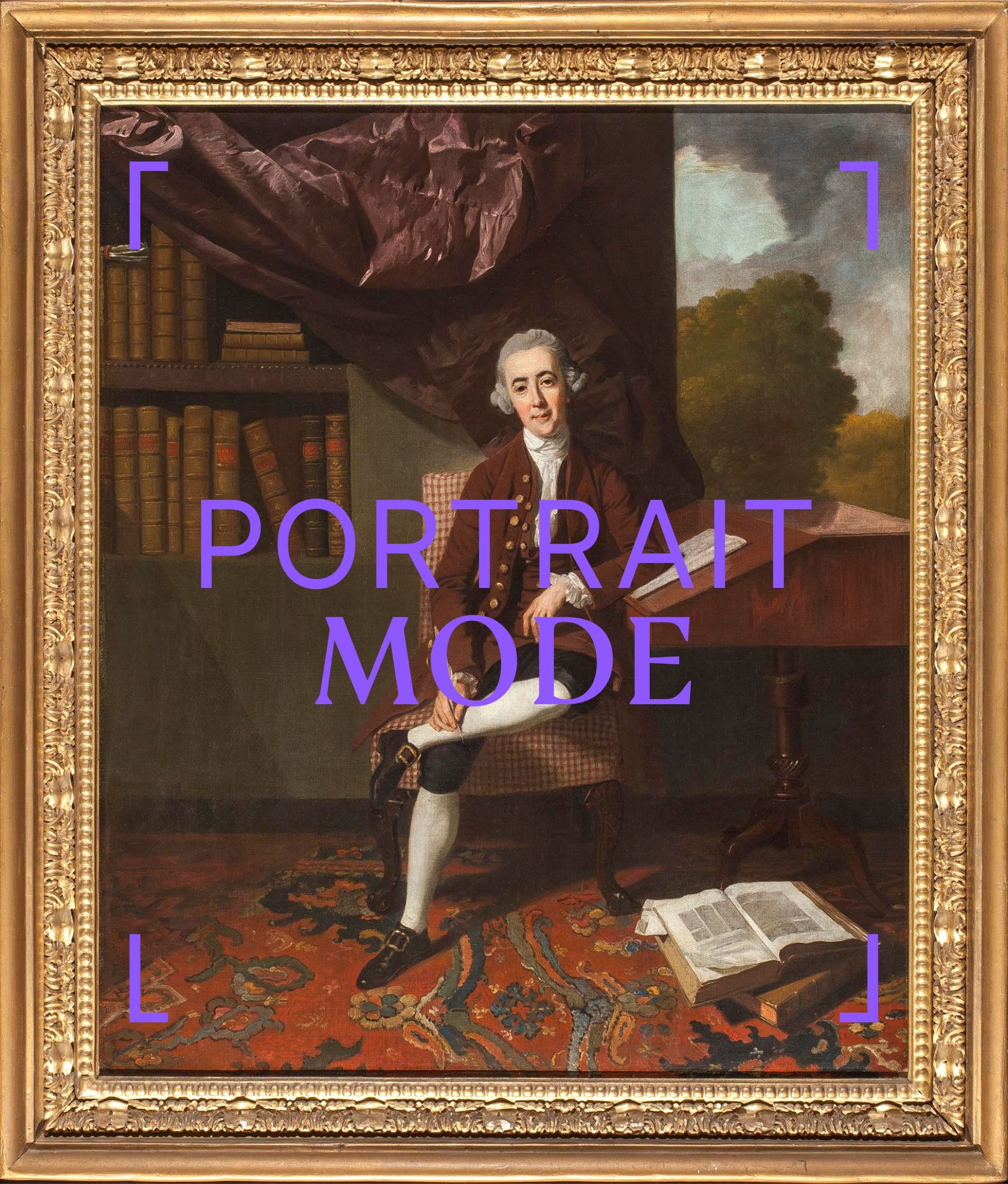Master of the Schwartzenberg Portraits
active 1638 – 1645/9
A Portrait of Bartolt Freiherr thoe Schwartzenberg en Hohenlantsberg (1647-1650), painted in 1649 at 1½ years of Age


Medium:
Oil on Panel
Category:
Dimensions:
38(h) x 34(w) cms
Framed Dimensions:
56(h) x 53(w) cms
Exhibitions:
Essay:
The late art historian Abraham Wassenbergh invented the name Master of the Schwartzenberg portraits in his book entitled De Portretkunst in Friesland in de zeventiende eeuw, applying it generally to all the portraits, none of them signed, in the collection at Groot Terhorne Manor in Leeuwarden, Friesland. He identified the artist as a student, or follower, of the great Friesian master Wybrand de Geest. Wassenbergh naturally based the period of activity for his fictional artist (1638-1645) on the portraits available to him. This group did not yet include our work, which hails from the same collection, albeit dated 1649.
The reverse of the painting bears an inscription (in old Dutch):
"Bartolt Frÿheer toe Schwartzenberg en Hohenlantsberg vÿfte soon van Heer Georg Frÿheer toe Schwartzenberg oudt 1½ iarn Anno 1649."
This translates (roughly) as follows:
Bartolt Baron of Schwartzenberg and Hohenlantsberg ∾ fifth son of Mr Georg Baron of Schwartzenberg ∾ 1½ years old ∾ Anno 1649.
The sitter of our portrait was the 5th son of Georg Frederick Baron thoe Schwartzenberg en Hohenlantsberg of the Friesian line of the family, as affirmed by the inscription au verso and his wife Agatha née Tjarda van Starckenborgh. Sadly, but not unusually for his time, Bartolt lived only 3 years, from 1647-1650. This is confirmed by the entry on the family in the Stamboek der Frieschen Adel (M. de Haan Hettema & A. van Halmael). From here we learn that there were 7 children in the family residing at Groot Terhorne manor, which would make them the greatest land owners in Friesland. Bartolt's eldest sister, Isabella Susanna (1639-1723), went on to marry Count Gustaf Carlsson von Börring, a legitimate son of King Karl X Gustav of Sweden, in 1685.
By the time of Bartolt's birth, his father had reached the peak of his military career, ranking as colonel of the 2nd Friesian Infantry Regiment. George Frederick was depicted, while still a captain, among the pall bearers, (front left looking out) at the funereal procession for the Friesian Stadtholder Ernst Casimir of Nassau-Dietz in 1633.
Bartolt's older brothers Johan Georg (1637) and Georg Wolfgang (1638) both followed in their father's military footsteps, indeed Georg Wolfgang took over from his father as colonel. Both brothers were killed in the Battle of Seneffe, Belgium, that took place in August 1674.
The quality of the group of portraits attributed to the Master of the Schwartzenberg is variable; for instance a portrait of Bartolt's brother, Georg Wolfgang, painted in 1656, is generally given to Wybrand de Geest, whereas the portraits of his parents appear to be by a less distinguished hand. It is possible that, as the family's finances improved, so did the calibre of painter they could employ. We would argue that the artist behind our work was a student of de Geest at the very least, if not in fact the master himself. Given the quality of its execution and the evidence of another child's portrait by de Geest dating from the 1640s (1647 to be precise) in the Poznan Museum, Poland, the attribution of our picture to Wybrand de Geest seems all the more plausible. De Geest was teasingly nicknamed De Friesche Adelaar, in reference to the adelaar (eagle) in the Friesian coat of arms, but quite possbibly also as a pun on the word Adel (nobility), since the artist portrayed most of the noble families in Friesland.
We are grateful to Piet Bakker, an authority on old master paintings from Friesland and author of several scholarly works on this subject including Geziecht op Leeuwarden, for his help in identifying the artist. He wrote of our painting:
"When the portrait is painted in Friesland - and it is – I can only think of one painter who is able to deliver a portrait of this quality and that is Wybrand de Geest. He is by far the best portrait painter in Friesland and he is the only Frisian painter who regularly received portrait commissions from the Frisian stadtholders for their Court in Leeuwarden. All other reasonably good painters active in the 1640s and 1650s are indebted to his style."
Provenance:
Collection of Mary Elizabeth Stuart Harley (1925-2019)
